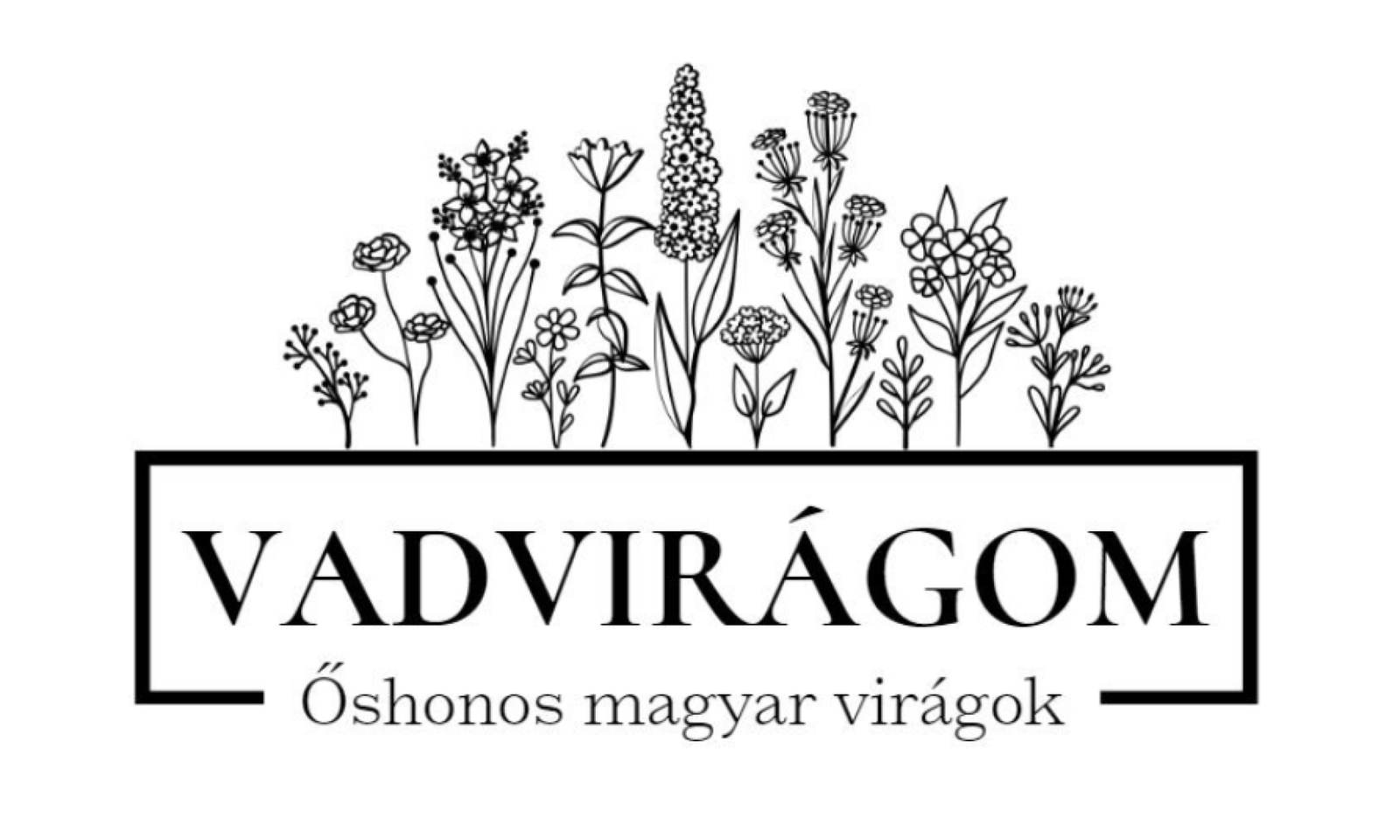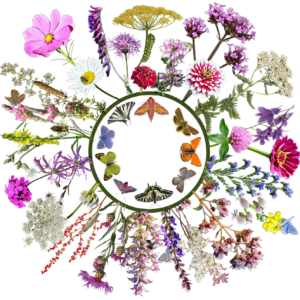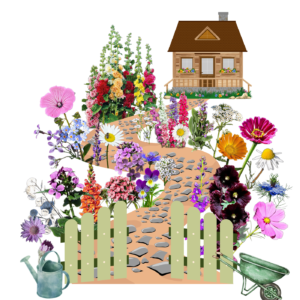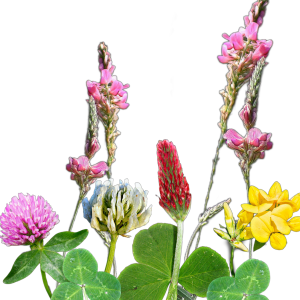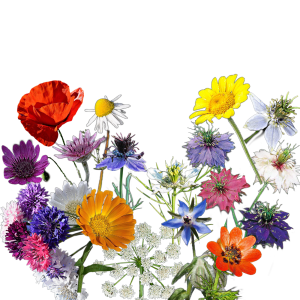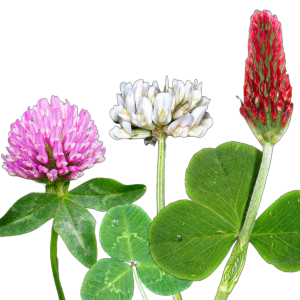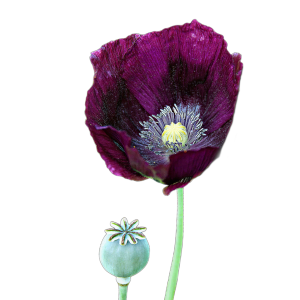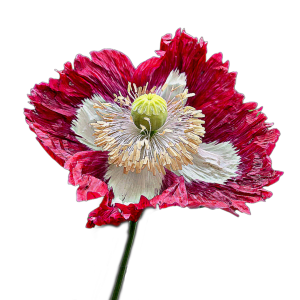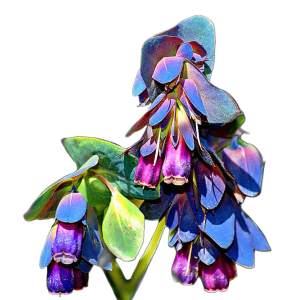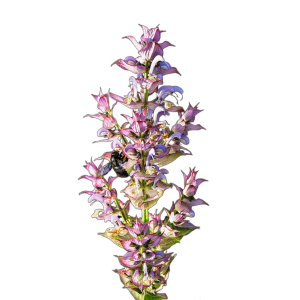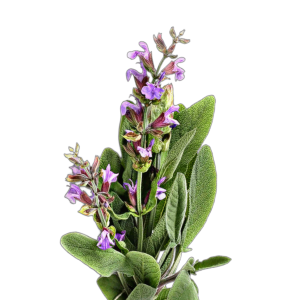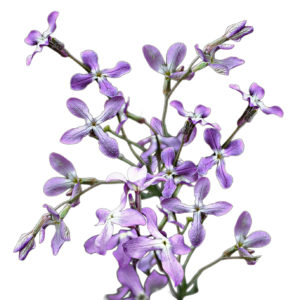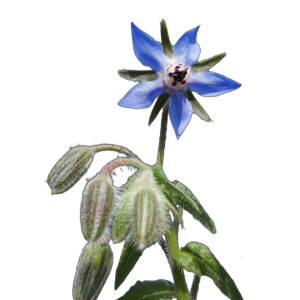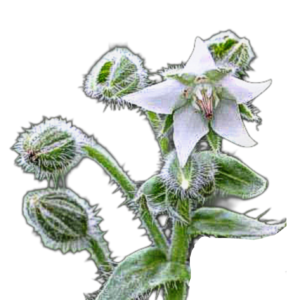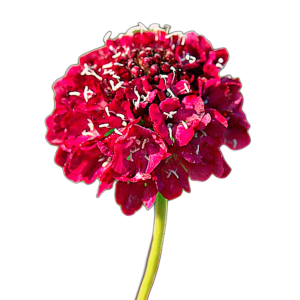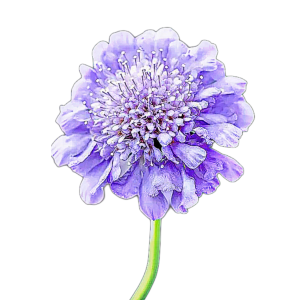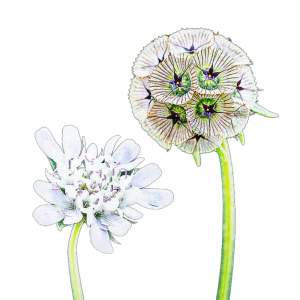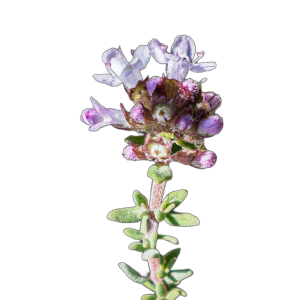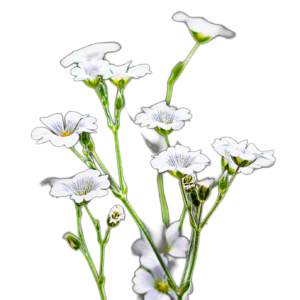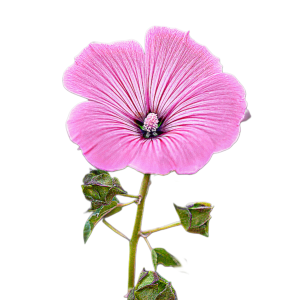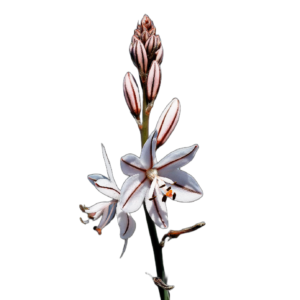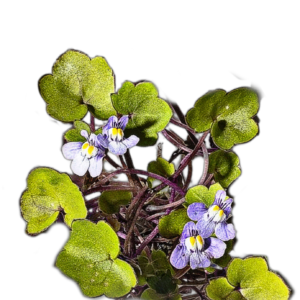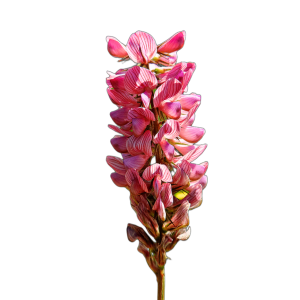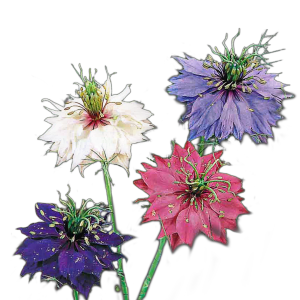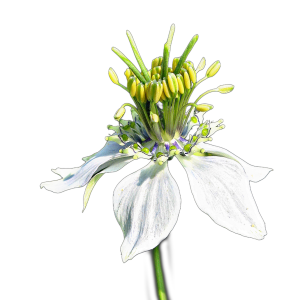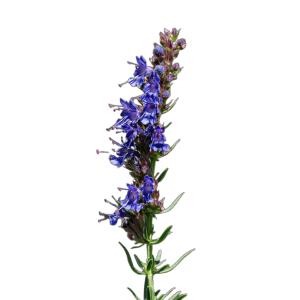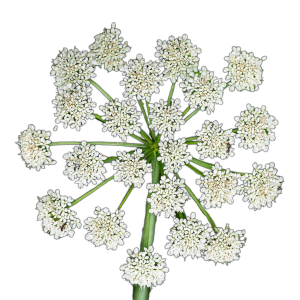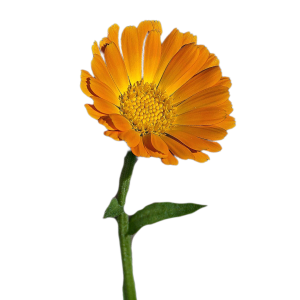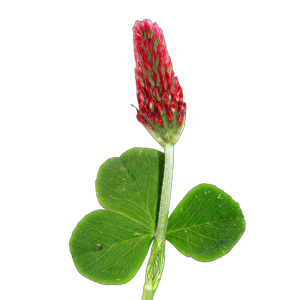-
- Select options There are several variations of this product. The variants can be selected on the product page
- also for balcony box, seed mix for children
GARDEN READINGS - seed mix for children
- 950 Ft - 2.500 Ft
- This seed mix has been specially created for children to get them interested in gardening and to teach them to love nature. It's also very important for us to introduce children to the wonder of gardening flowers from a young age, and it can be a great family activity to garden with the little ones. The mix is free from toxic plants and we've tried to include hardy, easy-to-care-for species,...
-
- Add to basket
- annual, biennial
Iceland Poppy (Papaver nudicaule) 0,25g, ~2000 seeds
- 875 Ft
- Contrary to its name, the Icelandic poppy (Papaver nudicaule) is not native to Iceland, but to the northernmost part of the world. It is a relative of our poppy, which flowers in the same year when sown in early spring and in the following year when sown later, so it can be considered a cold-tolerant annual/biennial. In Scandinavian mythology it has been associated as a symbol of sleep, while in other cultures it has been associated with peace and prosperity. It blooms later than the field poppy, so it...
-
- Add to basket
- also in a window box, annuals
Honey Flower (Lobularia maritima) 0,5g, ~500 seeds
- 875 Ft
- The honey flower (Lobularia maritima), also known as the fragrant ternye or coastal aster, is native to the Mediterranean and has long been a popular ornamental plant worldwide. The origin of its name comes from the Latin word 'lobulus', referring to the plant's tiny pod-like fruit, but from its other name (Alyssum maritima) the word Alyssum means 'lack of madness', because it was once used to treat rabies. Nowadays it is less used in this field, but in return...
-
- Add to basket
- annual
Salt flower (Limonium sinuatum) 0,5g, ~175 seeds
- 875 Ft
- Saltwort (Limonium sinuatum) is a native plant of the Mediterranean and Central Asia. It is a close relative of the Hungarian/Swedish saltwort (Limonium gmelinii). Its name comes from the Greek word 'leimōn', meaning meadow, referring to its natural habitat. Although often called sea lavender, it is not actually related to either lavender or rosemary. Saltbush has been used in floriculture for centuries, especially in dried flower arrangements, as its petals retain their bright colour...
-
- Add to basket
- annual
Red-leaved sage (Salvia horminum "Blue Monday") 1g, ~350 seeds
- 875 Ft
- The sage (Salvia horminum) is a special kind of sage originally from the Mediterranean. Unlike other sage species, it is an annual and does not display its flowers but its colourful leaves, which in the case of 'Blue Monday' are purple. A very easy to grow annual, it is the perfect space filler for open spring bulbs, but can also be used as cut flowers in bouquets. If you keep the flowers/stems cut, they can decorate your garden all summer long, or they can be used as a...
-
- Add to basket
- annual
Estike (Matthiola longipetala) – 2 g, ~1200 mag
- 875 Ft
- Az estike (Matthiola longipetala, szinoním neve: Matthiola bicornis) a káposztafélék családjába tartozó, főleg éjszakai illatáról ismert egynyáriként vagy kétévésként ismert európai virág. Nevét Pietro Andrea Mattioli olasz természettudósról kapta . Virágai késő délután nyílnak, és éjszaka intenzív, vaníliás‑rózsás‑fűszeres illatot árasztanak, amelyet már az ókori Egyiptom fáraóinak sírjaiban is felfedeztek . A 16–17. században a "gillyflower" elnevezésekkel szerepelt az angol kertekben, ahol éjféli…
-
- Add to basket
- 10/10 pollinator, annual, bee-feeder
Cretan snake lily (Echium creticum) 2g, ~650 seeds
- 875 Ft
- The Cretan snake-flower (Echium creticum) is a wildflower from Crete, which, like our terrapin snake-flower, is known for its incredible nectar production. While our teriyas are biennial species, so they flower the year after sowing, Cretan snakeroot is annual, so it is ornamental the year it is sown and a valuable food source for pollinators. It is a member of the borage family and, like its relatives, Cretan snake-eye attract many pollinators, especially in the...
-
- Add to basket
- annual
Annual Gypsophila elegans "Covent Garden" 1g, ~500 seeds
- 875 Ft
- The annual gypsophila (Gypsohila elegans) or viburnum is a native European wildflower. The 'Covent Garden' variety has been bred. It is a relative of our native bugleflower. It differs in that while the wild variety of the bugleflower is a perennial, the annual bugleflower is an annual species. This flower is often used in floriculture as a beautiful ornament for bouquets, and is very often used as a bouquet enhancer. The more shoots you pinch off, the...
-
- Out of StockRead more
- perennial, butterfly, bee-feeder, native
Asphodel (Asphodelos fistulosus) 0,1g, ~30 seeds
- 875 Ft
- Asphodelos (Asphodelos fistulosus) is a European plant of Mediterranean origin, often planted in ornamental gardens in many countries. In the Americas and Australia it has escaped as a garden escapee and is considered invasive. It is not so widespread here. The native, indigenous relative of asphodel is the white asphodel (Asphodelos albus), which is protected and also known as genus A. It is also known as 'onionweed' because of its onion-like leaves. According to Greek mythology...
-
-
- Add to basket
- perennial
Carpathian bellflower (Campanula carpatica) 0,25g, ~3625 seeds
- 875 Ft
- The Carpathian bellflower (Campanula carpatica) is a native species of the Carpathians, but is no longer native to present-day Hungary. Fortunately, this low perennial bellflower is often planted in gardens. Carpathian bluebells are easy to grow and are a charming plant for lower perennial gardens and rock gardens, flowering all summer and even into autumn. It looks beautiful when at the peak of flowering the plant is covered in purple, bell-shaped flowers.
-
- Out of StockRead more
- perennial
Stonecrop (Cymbalaria muralis) 0,025g, ~140 seeds
- 875 Ft
- Congratulations! If you're reading this, it means you won't be thinking of an exotic bird species when you hear the name stonechat :) The stonecrop (Cymbalaria muralis) is a native European wildflower that can grow on stones, in small cracks and just about anywhere. It is a true little Mediterranean survivor, and of course it will thank you if you give it real soil :) It spreads by creeping tendrils, so it's worth keeping it under control...
-
